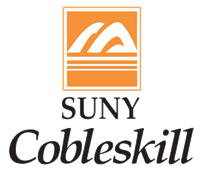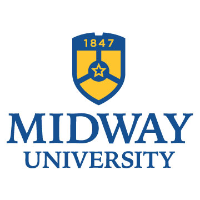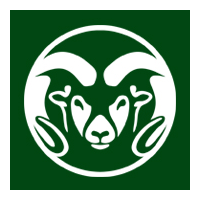What do they do?
Train animals for riding, harness, security, performance, or obedience, or for assisting persons with disabilities. Accustom animals to human voice and contact, and condition animals to respond to commands. Train animals according to prescribed standards for show or competition. May train animals to carry pack loads or work as part of pack team.
Also known as:
Agility Instructor, Animal Trainer, Dog Groomer, Dog Obedience Instructor, Dog Trainer, Guide Dog Instructor, Guide Dog Mobility Instructor (GDMI), Guide Dog Trainer, Horse Trainer, Licensed Guide Dog Instructor, Racehorse Trainer, Service Dog Trainer, Trainer
-
14.5%
Change
Ranks #41 in job growth rate120Job Openings
Ranks #23 in net job growth
-
Colorado State University-Fort Collins
Fort Collins, CO
-
Centenary University
Hackettstown, NJ
-
SUNY College of Agriculture and Technology at Cobleskill
Cobleskill, NY
-
Midway University
Midway, KY
-
West Texas A & M University
Canyon, TX
Looking for colleges that offer a specific major? Use the College Match Tool to find your best-matched schools and discover your estimated Net Price!
- Doctorate or Professional Degree (2%)
- Master's degree (4%)
- Bachelor's degree (29%)
- Associate's degree (8%)
- Some college, no degree (26%)
- High school diploma equivalent (24%)
- Less than high school diploma (7%)
People in this career often have these skills:
- Instructing - Teaching others how to do something.
- Speaking - Talking to others to convey information effectively.
- Learning Strategies - Selecting and using training/instructional methods and procedures appropriate for the situation when learning or teaching new things.
- Critical Thinking - Using logic and reasoning to identify the strengths and weaknesses of alternative solutions, conclusions, or approaches to problems.
People in this career often know a lot about:
- Customer and Personal Service - Knowledge of principles and processes for providing customer and personal services. This includes customer needs assessment, meeting quality standards for services, and evaluation of customer satisfaction.
- Education and Training - Knowledge of principles and methods for curriculum and training design, teaching and instruction for individuals and groups, and the measurement of training effects.
People in this career often have talent in:
- Problem Sensitivity - The ability to tell when something is wrong or is likely to go wrong. It does not involve solving the problem, only recognizing that there is a problem.
- Oral Expression - The ability to communicate information and ideas in speaking so others will understand.
- Oral Comprehension - The ability to listen to and understand information and ideas presented through spoken words and sentences.
People in this career often do these activities:
- Train animals.
- Direct productions or performances.
- Clean facilities or work areas.
- Maintain facilities.
- Care for animals.
- Monitor health or behavior of people or animals.
- Evaluate capabilities or training needs.
- Administer basic health care or medical treatments.
- Document client health or progress.
- Discuss service options or needs with clients.
- Organize recreational activities or events.
- Train others on performance techniques.
This page includes data from:

 Occupation statistics: USDOL U.S. Bureau of Labor Statistics Occupational Employment Statistics
Occupation statistics: USDOL U.S. Bureau of Labor Statistics Occupational Employment Statistics









